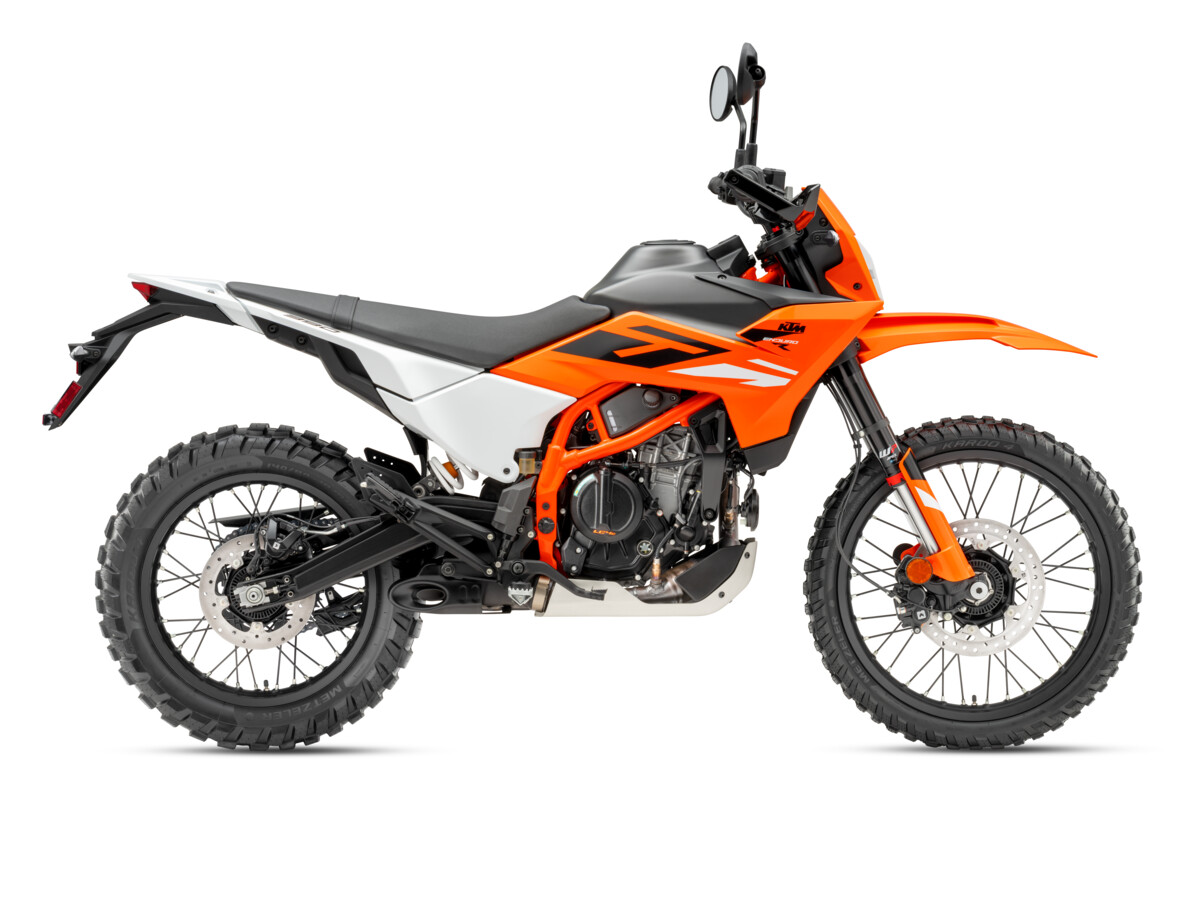
Shorter strokes equal higher rpms, which, in turn, equal higher peak horsepower. This is the mantra of Formula One engine designers. To some extent, it is a theme followed by motorcycle manufacturers, as well.
When I first learned that Suzuki’s new GSX-R1000 had a relatively long stroke — longer than any of its direct competitors, I was quite surprised. In fact, I thought I was reading a misprint. I wasn’t. Here is the bore and stroke configuration, and total displacement, of the GSX-R1000 and its competitors.
Bore Stroke Displacement Suzuki GSX-R1000 73.0mm 59.0mm 988cc Yamaha ZXF-R1 74.0mm 58mm 998cc Honda CBR929RR 74.0mm 54.0mm 929cc Kawasaki ZX-9R 75.0mm 50.9mm 899cc
Why did Suzuki design the engine this way? I think I know the answer. It all has to do with the upcoming rule changes in Grand Prix racing. The 500 GP class will permit four-strokes displacing up to 990cc beginning with the 2002 season.
The large-displacement, four-stroke GP machines will make more than enough horsepower. Indeed, I believe Suzuki traded peak horsepower for “rideability” or “driveability” in its design of the GSX-R1000 engine. The longer stroke should translate to a broader, flatter torque curve, which will make the GSX-R1000 easier to ride (and race).
If 200 rear wheel horsepower is the theoretical limit of current GP tire technology and rider ability at the typical GP track, and four-cylinder, four-stroke engines displacing up to 990cc can easily exceed this limit, why not create a longer stroke design? If you can still get 200 horsepower and get increased rideability, it makes sense.
You are probably asking yourself why the GSX-R1000, nevertheless, is expected to have peak horsepower exceeding that of its competitors. This comes down to Suzuki’s recent, proven ability to squeeze high horsepower out of relatively small displacement machines. Its GSX-R750 is the proof of this fact. Its peak horsepower is very close to that of the open class machines despite its displacement disadvantage.
If the 2001 GSX-R1000 has higher peak horsepower and a broader, flatter torque curve than its competitors (it is hard to imagine it exceeding the R1 in the torque category), it will be quite an accomplishment, and an indication of just how far Suzuki is thinking ahead.





